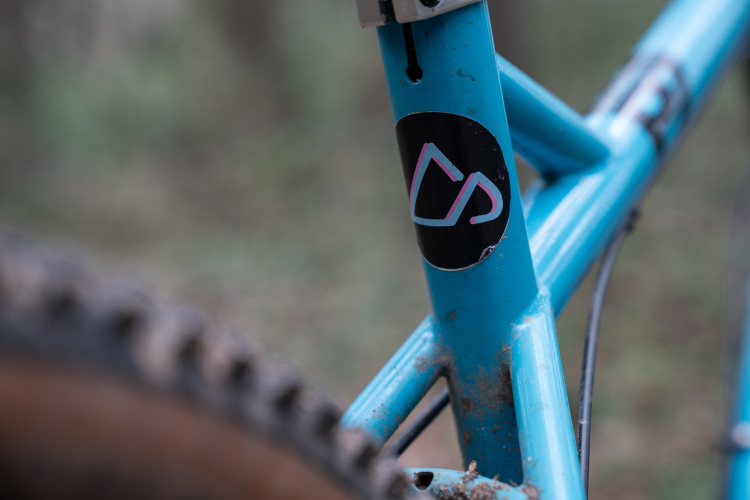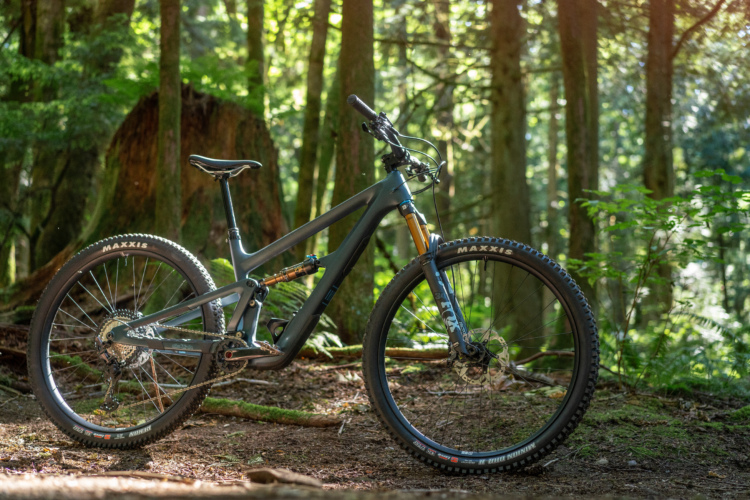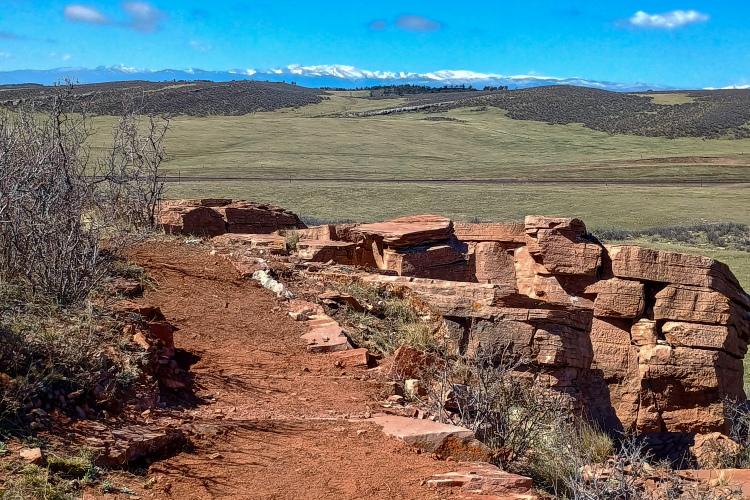…and for the experienced mountain bike consumer, that shouldn’t come as a surprise. But for those still thrashing about on a bike that’s about to give up the ghost, who’ve become middle aged people with a decent job (prime industry targets), and for those who haven’t checked in with us since fork boots and bar ends were still a thing, mull this one over like 6 – 10,000 of your hard-earned dollars depended on it. Despite weight, materials, engineering, price tag, and every dialect of marketspeak, there is not currently nor will there ever be a do-everything-no-compromise mountain bike.
As a mountain biker, mountain bike consumer, and reviewer of things mountain bike-related, nothing grinds my gears harder than reading things like this from a bike manufacturer:
“…brings you the most efficient climbing full suspension bike on the market that won’t sacrifice anything on the descents.” (emphasis added).
Surprisingly, I’ve found very few examples from bike manufacturers officially coming out with claims as strong as the one above (although they come pretty damn close), so I’m led to believe most of the deception lies with companies like ours whose business it is to test and review products for a global readership whilst maintaining a working relationship with the companies making said products. That said, I think we do a pretty good job here at Singletracks to bring you honesty over subjectivity and fact over fiction. While I can’t speak for all of my Singletracks colleagues, I maintain there will never be a do-it-all bike, for one simple reason.
It’s Physically Impossible
You are not physically impossible. Physics says it’s impossible. We want bottom brackets low enough to rail every corner yet not so much as graze a rock. We want chainstays so short we can manual at just the thought of doing so. We want a nimble but stable wheelbase, the slackest, flop-free head tube angle, and a shock-actuated wangdinger providing 100% anti-squat, zero bob, that’s active under braking, and free of pedal kickback and brake jack. Oh, and it all has to come under 25 pounds.
But the science of matter and motion through space and time, along with other concepts such as energy and force (a.k.a. physics) says the bottom bracket can only sit so low before it starts butting babyheads, chainstay length can only get so short before the front end starts lofting when you least need it to, and wheelbase can only get so tight before you start sketching out on a wide open, downhill bomb. There is a point where more (or less) isn’t always better and whether it’s lower, longer, slacker, higher, shorter, or steeper, compromises are made to meet the demands of the physical laws of nature.

Case in point, in an attempt to achieve lighter steering, early long travel 29ers suffered from steep head tube angles until fork offsets grew. Now, with offsets in the 50mm range, a slack 29er feels like the 26er you once loved long, long ago. Not exactly. Increasing the offset pushed out the wheelbase, reduced the trail measurement, and consequently shoved the handling issue to another area of the bike.The reason there doesn’t exist a do-all bike isn’t typically because one of these geometric features is off, but because all of the angles, lengths, and widths are connected and therefore must work in concert. While most bikes perform well enough, no bike performs in perfect harmony.
Is It Humanly Possible?
As compelled as I feel about the non-existence of the holy grail of bikes, silver bullet, or quiver-killer mountain bike, I am just as convinced about the human capability aboard these pieces of crap. Case in point, Joey Schusler raced the same 26″ wheel, 6-inch-travel full-suspension straight to the top of the podium in the 2012 Collegiate Mountain Bike National Championship, taking the men’s omnium title awarded to the individual with the highest overall score across four disciplines (cross country, downhill, dual slalom, and short track). Yet it would be a mistake to limit my argument only to professional riders when in fact you are doing it all on whatever two-wheeled heap is sitting in your garage right now.

If the bike you currently own, the bikes you drool over, and the bikes yet to come do nothing without us, it’s equally as logical that your bike’s performance is directly proportional to your own and therefore can potentially do anything and everyting with us (can being the operative word). Whatever shape, length, spec, or price bracket of your bike (or the one that costs a measily $2799), the moment you turn in your search and the mindset of the one-and-done, quiver killer bike for a quiver killer effort, the do-it-all bike may in fact exist.













13 Comments
Oct 19, 2015
Which is why I will never have just one bike! :-)
Oct 16, 2017
I have 2 bikes (29er XC Ultra-endurance bike & a 26er 120mm travel Trail bike) right now. I am now also looking for a fat bike for winter riding. I do not expect any bike to do everything perfectly.
Oct 19, 2015
Oct 19, 2015
That being said, all of my mountain bikes are do it all! Well, at least I've done it all with my bikes: from hauling kids in the bike trailer on paved paths to backcountry singletrack to DH park riding. Sure, my bikes aren't optimized for all of these things but I still have a blast.
So here's the question: is it better to buy one $6,000, "do (most of) it all" bike or three bikes for the same price (say, a fat bike, a SS steel hardtail, and a 6" trail bike)?
Oct 20, 2015
Oct 19, 2015
Oct 20, 2015
Oct 24, 2015
Nov 7, 2015
Oct 20, 2015
Oct 21, 2015
However, it's worth noting that two of the best bikes I've tested this year, each a clear leader in its class in terms of performance (the RFX -- all mountain and the Czar -- XC race) were Turners. Turner cares not one whit for the fashion angle. Truth be told, Turners are not aesthetically appealing bikes, and that's not just my opinion; most folks, even Turner devotees think them less than attractive.
Oct 19, 2015
Technology on bikes is basic as hell, pretty much back to horse and cart standards. we are yet to see the same tools fitted to bikes via computers sensors and little actuators to help manoeuvre as for example motor vehicles from 30years ago.
If the industry could stop doing circles with stats, and stop producing silly things like ultra wide tubes, do some thinking, collect some info, and build something modern..well, theres hope.
ATM its too obsessed with ducking every last dollar out of existing ideas. Its going to take some well funded small company to build this, we need a tesla type. Before all the smaller companies are sucked up by the money giants.
Oct 19, 2015